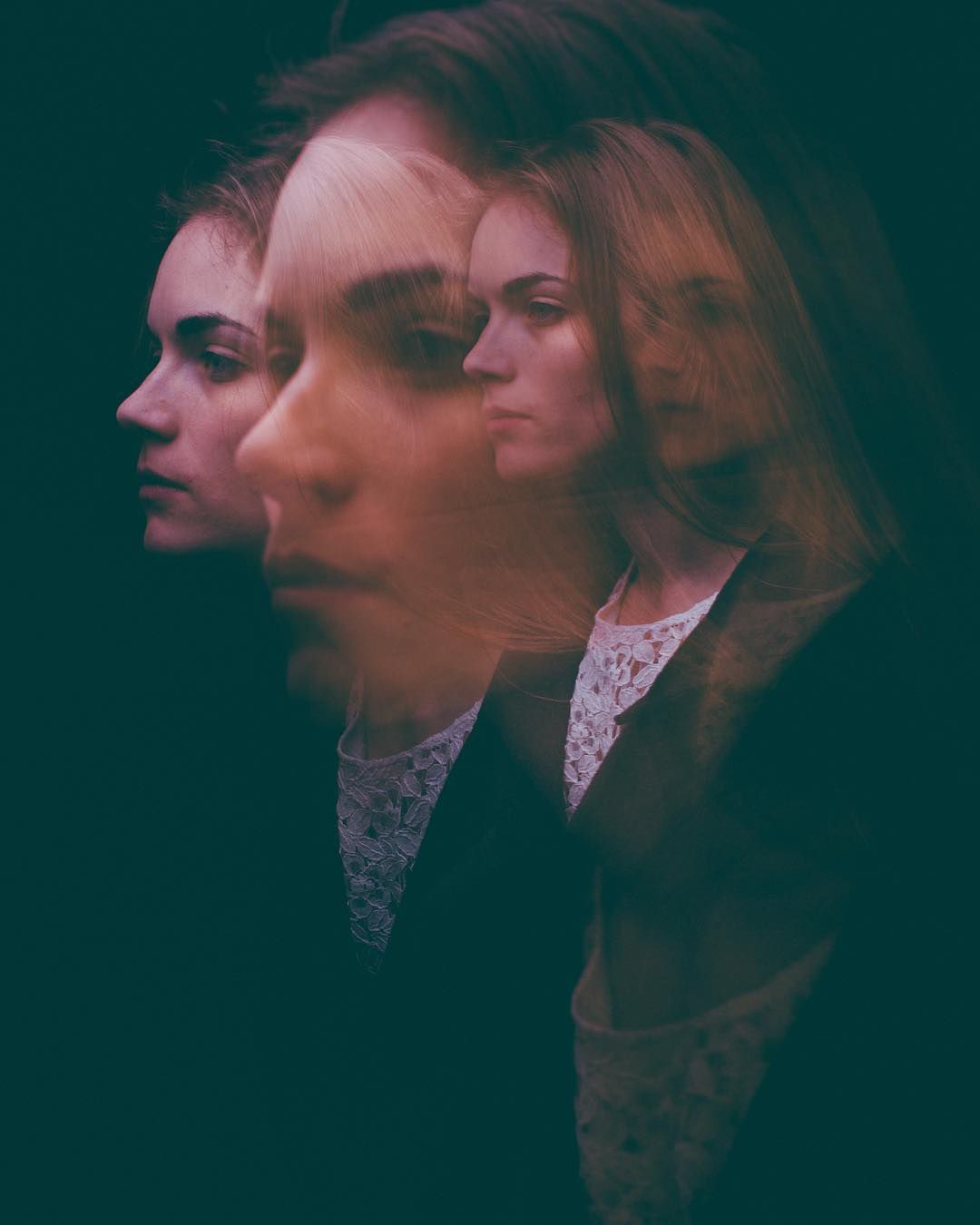What do you call it when...
Long exposure.
In photography there are a few variables that are primarily considered:
- shutter speed
- aperture
- iso
- focal length
These are all tuned to a certain ‘setting’ or configuration which is then used to make a photograph.
When you take a photograph you expose the film or sensor in the camera to light and this is called an ‘exposure’. The amount of time you do this for is the ‘shutter speed’. Light accumulates, much like falling snow on a field. At first, it adds definition. Over time, as more accumulates this definition and detail is lost in ‘over-exposure’. Similarly, after many inches of snow its difficult to distinguish details in the scene.
Some photographers cleverly started double or triple exposing film by simply opening up the shutter multiple times without advancing or changing the film but deliberately changing the scene or subject between each. This created an interesting blended image that proves popular enough today that even a few digital cameras offer similar shooting modes. Sometimes called ‘double exposure photography’, or simply ‘multiple…’ if more than two.
The shutter speed is the amount of time the shutter is open or letting light in. It opens and ‘exposes’ the film or sensor to light. Most photography is some fraction of a second shutter speed. Longer or slower shutter speeds let more light accumulate so in darker scenes a longer exposure can yield a better result, typically requiring a tripod to support the camera and prevent blur from camera movement. This is why those photos in the dark never look right unless you use a flash but then they still don’t look right cause our brain remembers that the light in the picture is not what the light looks like most of the time and thinks ‘oh that’s not right’.
If you’ve hung in here reading this long, I want to say thank you, and give you a gift. It’s really the reason I brought all this up.

This is a photograph I took some years ago.
I’m not sure what type of photo this is, well thats not exactly saying it right. It’s using a technique I happened upon during pure experimentation AKA ‘RESEARCH’. As far as this being a multiple exposure, thats not strictly the case. It’s more technically a single long exposure. Shutter opened only the one time but for about 1-3 seconds depending on exactly the effect I wanted to achieve. Kinda a subtle nuance but hey, you subscribed so there it is.
I accomplished this by having a very low volume of ambient light combined with a strobe or flash. So to the naked eye, the room was a little dim but you could see just fine. By using a smaller aperture setting, only a tiny fraction of that ambient light gets through to accumulate on the sensor. So little actually, that in the amount of time I had the shutter open, the background appears dark. Using a remote control, I triggered multiple strobe flashes manually in choreography with the models controlled movements. Shutter opens - strobe flashes - model moves - strobe flashes - model moves - strobe flashes - model moves - strobe flashes - shutter closes.
This is the first time I’ve ever described this process in writing. I do love making things. I tend to make better things after I have a clear understanding of the variables available to me and how they interact.
Have you been making anything lately?